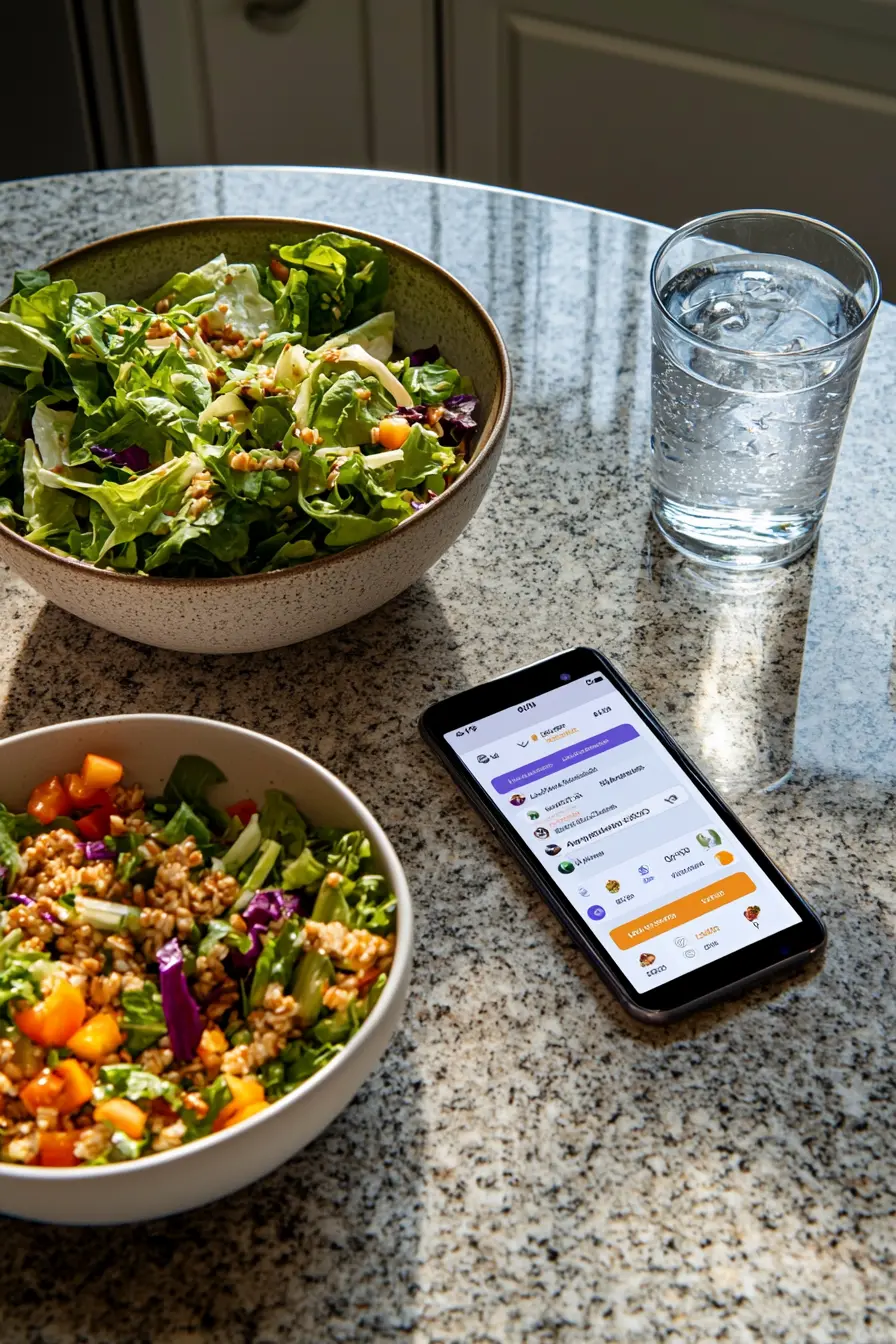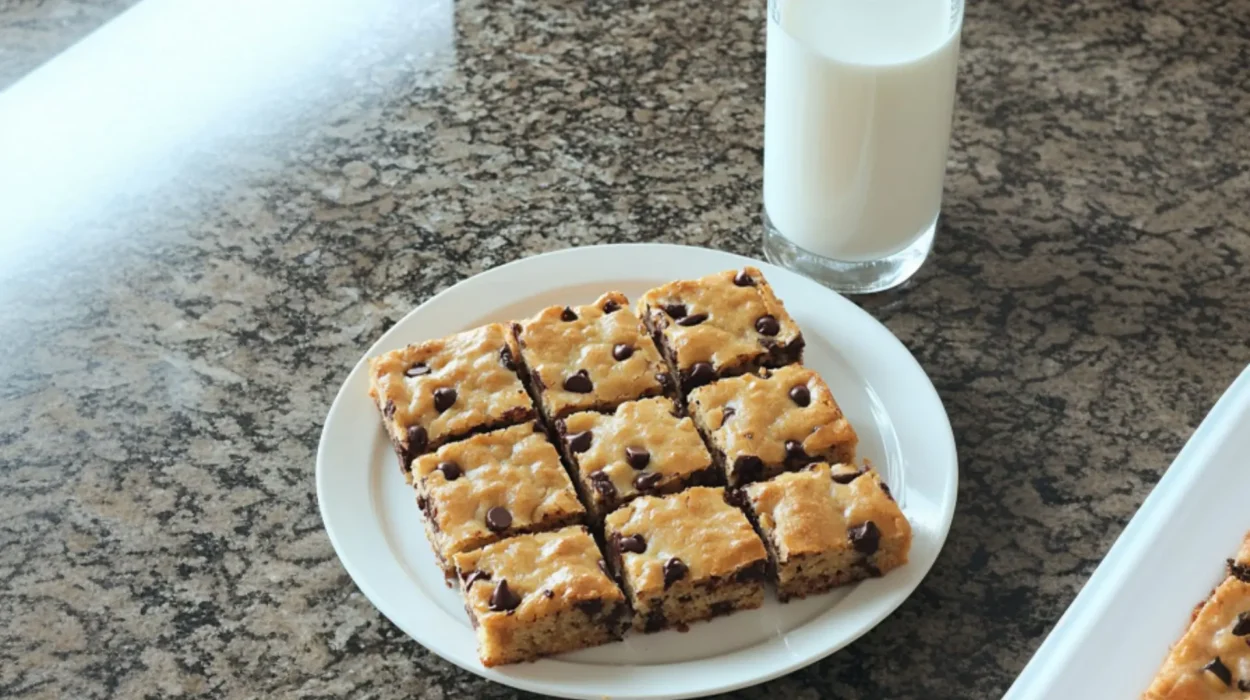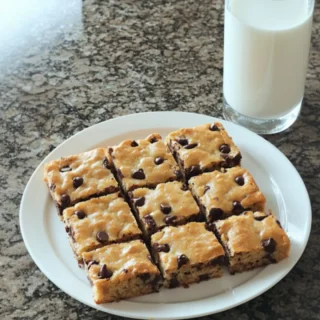If you’ve ever asked, “Why am I not losing weight?”—it might be your calories. Once I learned how to calculate mine the right way, the results finally showed.

In this guide, I’ll walk you through how to calculate your daily calories for weight loss—simply, clearly, and without guesswork. Whether you’re over 40, juggling hormones, or just want a sustainable plan, this method works.
Before you dive in, check out my Brazilian Mounjaro Meal Plan—it’s a reader favorite and makes it easy to pair your calorie target with flavorful, low-effort meals. And if you need a reset, the 3-Day Mounjaro Reset Plan is a gentle way to kickstart fat loss without overwhelm.
You’ll learn how to calculate your calorie needs, create a deficit that works, and avoid the tracking mistakes that hold most women back.
Let’s take the guesswork out of weight loss—starting now.
Why Calorie Awareness is the First Step to Losing Weight
Because you can’t change what you don’t track. Understanding how many calories you eat—and need—is the foundation of fat loss.
Before I ever lost a single pound, I had to face the truth: I had no clue how much I was really eating. That’s when everything shifted. I started learning about calorie balance—the simple but powerful idea that your body gains, loses, or maintains weight based on the calories coming in vs. the calories going out.
Understanding Calorie Balance
Your body needs a certain amount of energy (calories) to stay alive, move, think, and function. When you eat more than that amount, the extra gets stored—usually as fat. When you eat less, your body uses stored fat for energy.
This is where the magic happens.
The Role of Calorie Deficit in Fat Loss
To lose weight, you need a calorie deficit—eating fewer calories than your body burns. But not all deficits are equal. Too small, and nothing changes. Too extreme, and your body fights back with cravings and fatigue.
The key is finding a smart, sustainable deficit tailored to your body and lifestyle. That’s what we’ll dive into next.
How to Calculate Your Daily Calorie Needs
Use your BMR and activity level to find your true daily calorie needs. It’s easier than it sounds, and I’ll walk you through it.
Basal Metabolic Rate (BMR) Explained
Your BMR is the number of calories your body burns at rest—just keeping you alive. Think of it as your body’s “base” need for fuel. The most accurate way to estimate this is with the Mifflin-St Jeor formula:
For women:BMR = 10 × weight (kg) + 6.25 × height (cm) – 5 × age (years) – 161
Once you have your BMR, you’ll adjust for your activity level.
Adjusting for Activity Level
Multiply your BMR by one of these:
- Sedentary (little to no exercise): BMR × 1.2
- Light activity (1–3 days/week): BMR × 1.375
- Moderate activity (3–5 days/week): BMR × 1.55
- Very active (6–7 days/week): BMR × 1.725
- Super active (twice-daily workouts): BMR × 1.9
This number is your Total Daily Energy Expenditure (TDEE)—how many calories you burn in a day.
Knowing this number puts the power in your hands. Now you know how much you need just to maintain. Next, we’ll talk about how to create a calorie deficit that actually works.
Creating a Calorie Deficit That Works
Cut 250–500 calories a day to lose weight safely and sustainably. That’s the sweet spot for most women.
How Many Calories Should You Cut?
To lose 1 pound of fat, you need a deficit of about 3,500 calories. That’s roughly:
- 500 calories/day = 1 lb of fat loss per week
- 250 calories/day = ½ lb of fat loss per week
For most women, a daily intake of 1,400–1,800 calories supports weight loss without burnout—especially over 40 when hormones and metabolism shift.
If you’re not sure where to start or want to double-check your numbers, tools like the Mayo Clinic Calorie Calculator offer a science-backed way to estimate your daily needs based on your age, weight, and activity level. And if you’re more visual or prefer simple, actionable tips, the CDC’s guide to cutting calories gives practical examples—like easy swaps and portion control—that make a big difference without sacrificing your favorite foods.
Safe and Sustainable Deficit Numbers
Too big a deficit? Your body fights back—think cravings, fatigue, and stalled weight loss. That’s why we aim for slow, steady fat loss. The goal isn’t to eat less—it’s to eat right.
Think of it like budgeting: Spend (eat) less than you earn (burn), but don’t go broke (starve). Your body will thank you.
Coming up next: how to track your calories the right way, without losing your mind.
Tracking Your Calories the Right Way

Use an app and measure portions to track calories accurately. It’s simple once you build the habit.
Best Apps and Methods
The easiest way to track? Use apps like:
- MyFitnessPal (easy barcode scanning)
- Lose It! (great for beginners)
- Cronometer (detailed nutrition info)
These tools help you log meals, track macros, and spot patterns that might be stalling your progress.
Tips for Accuracy
- Weigh your food—eyeballing is rarely right.
- Use a digital scale for most meals (especially fats and carbs).
- Track snacks and sips—hidden calories add up fast.
- Pre-log meals if you’re busy, so you don’t forget.
Don’t aim for perfection. Aim for awareness. Even tracking 80% of the time can lead to real change.
Coming up next: the common calorie-counting mistakes most women make—and how to avoid them.
Want to make logging even easier? My Mounjaro Meal Prep Guide walks you through simple, calorie-aligned meals you can batch ahead—so you always have the right foods ready, even on your busiest days.
Common Mistakes to Avoid When Counting Calories
Most women underestimate their intake and overlook hidden calories. These small slips can stall your progress.
Underestimating Intake
It’s easy to misjudge portion sizes—especially with calorie-dense foods like nuts, oils, and dressings. A tablespoon of peanut butter? Often turns into two. Always measure when you can.
Ignoring Hidden Calories
Sauces, creamers, wine, and “just a bite” here and there all add up. Those forgotten extras might be adding hundreds of calories a day.
Other common slip-ups:
- Logging meals after eating instead of before
- Forgetting weekend or “cheat” meals
- Not tracking oils used in cooking
Small missteps, repeated daily, can cancel out your calorie deficit. Awareness is everything.
Up next: a bonus free calorie needs chart to make tracking easier than ever.
Bonus: Free Calorie Needs Chart for Easy Reference
Use this chart to estimate your daily calorie needs based on weight and activity. It’s a simple, no-math tool to guide your goals.
| Weight (lbs) | Sedentary (×1.2) | Light Activity (×1.375) | Moderate (×1.55) | Active (×1.725) |
|---|---|---|---|---|
| 120 | 1,440 | 1,650 | 1,860 | 2,070 |
| 140 | 1,680 | 1,925 | 2,170 | 2,415 |
| 160 | 1,920 | 2,200 | 2,480 | 2,760 |
| 180 | 2,160 | 2,475 | 2,790 | 3,105 |
| 200 | 2,400 | 2,750 | 3,100 | 3,450 |
📝 Tip: To lose weight, subtract 250–500 calories from your row above. That’s your ideal target range!
FAQs About How to Calculate Your Daily Calories for Weight
More Mounjaro Meal Plans
Final Thoughts: Customize Your Plan for Long-Term Success
Learning how to calculate your daily calories for weight loss changed everything for me. It gave me confidence, clarity, and freedom around food. No more guessing. No more guilt.
I didn’t need a crash diet—I just needed the right numbers and a plan that fit my life.
Remember: this isn’t about perfection. It’s about progress. Start small. Stay consistent. Adjust as your body and life shift. And above all, be kind to yourself on the journey.
💬 I’d love to hear from you—what’s your biggest challenge with calorie tracking? Drop a comment and let’s chat.










